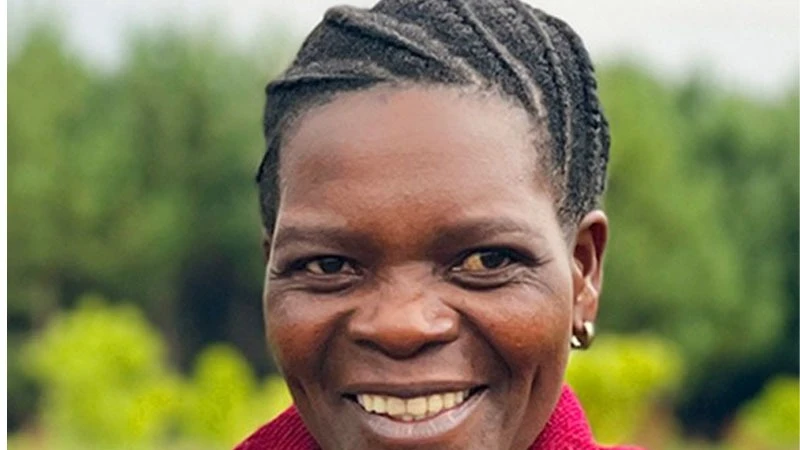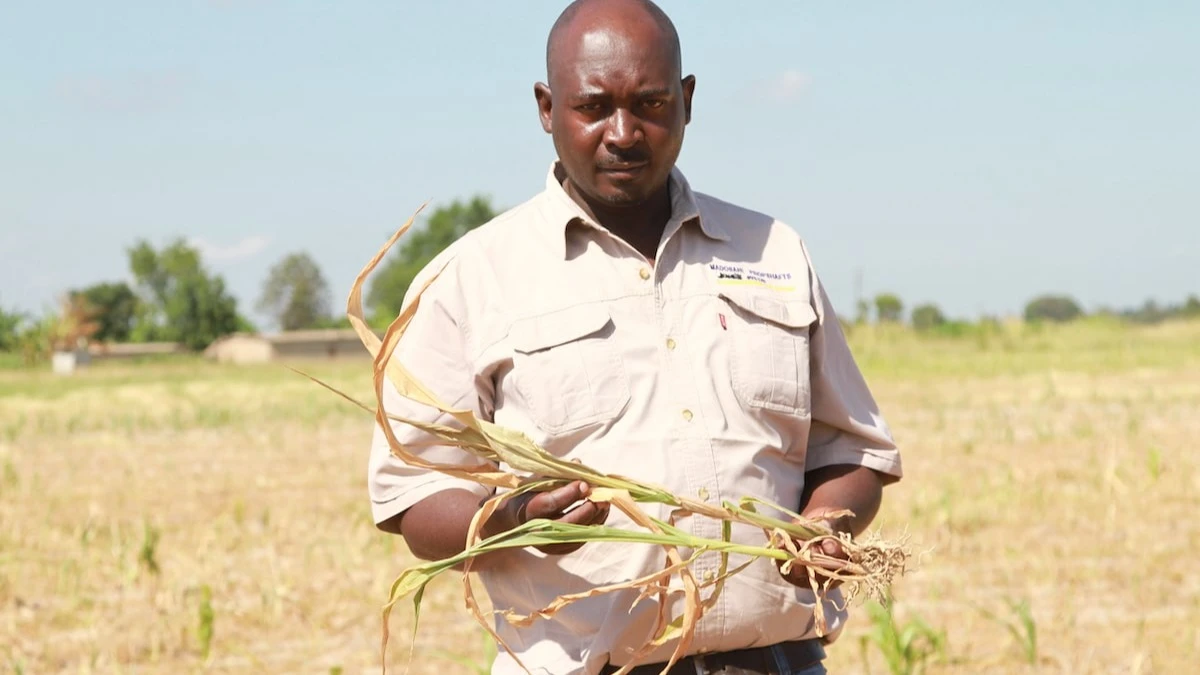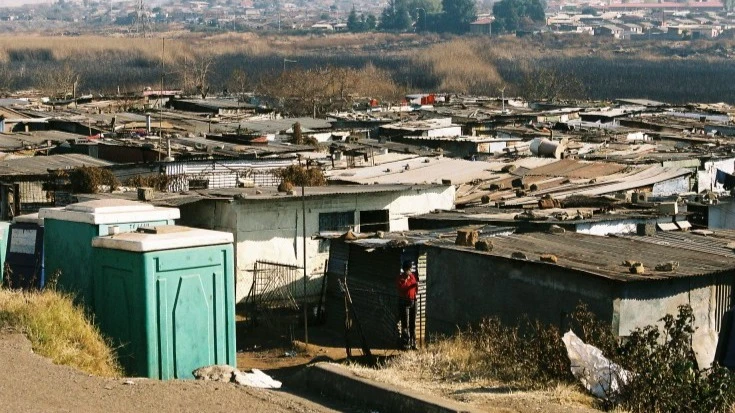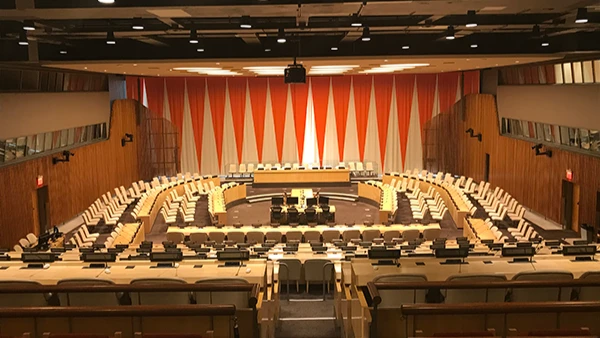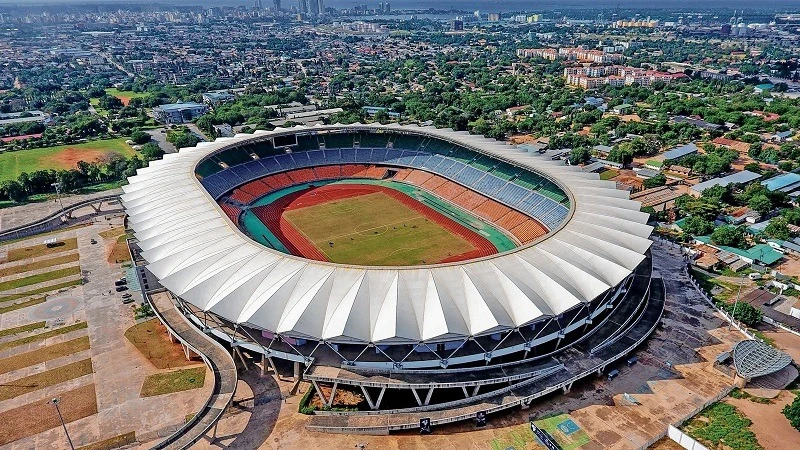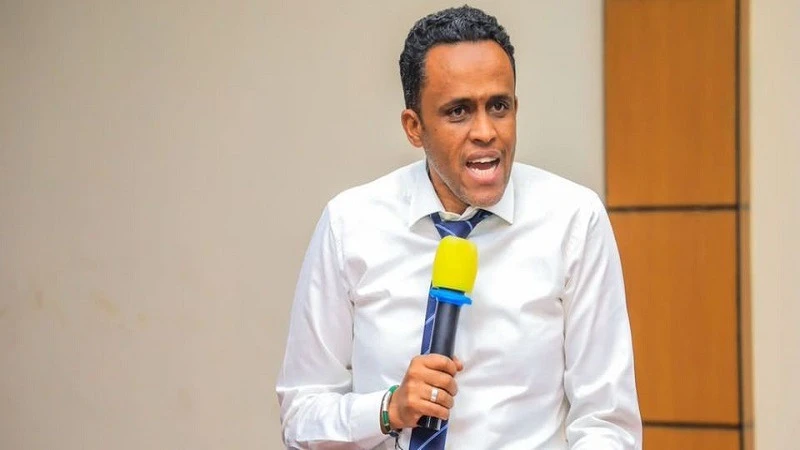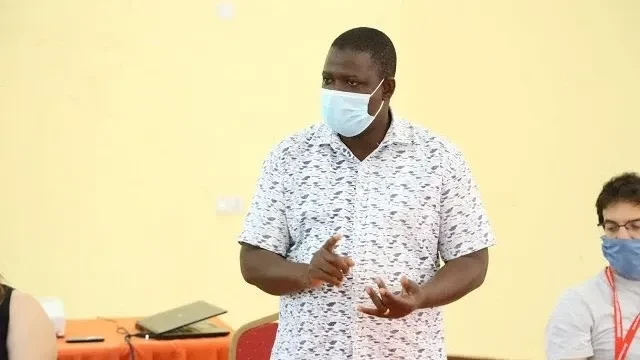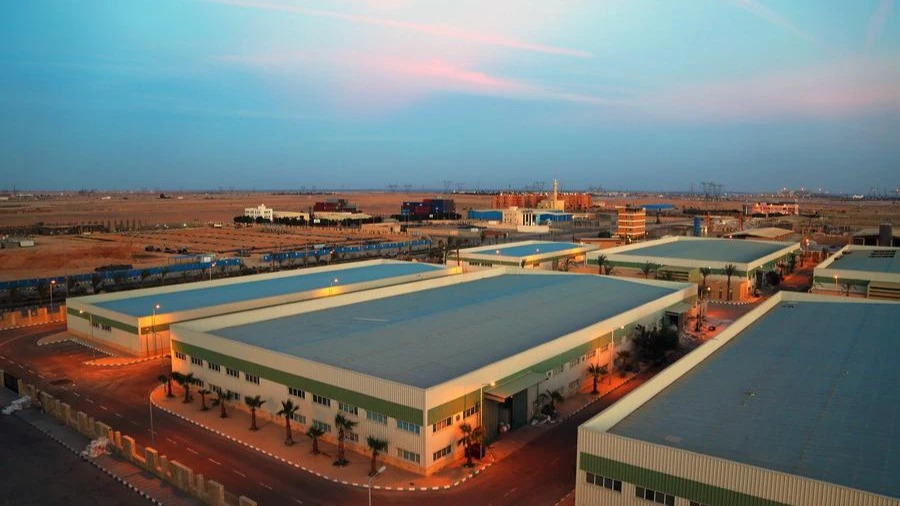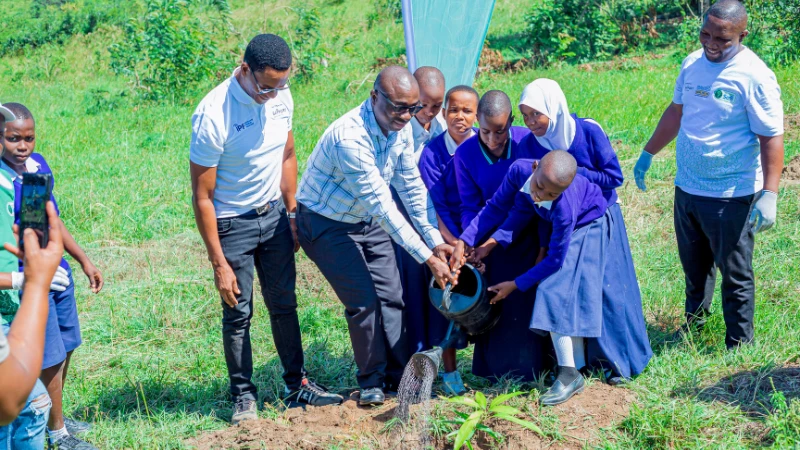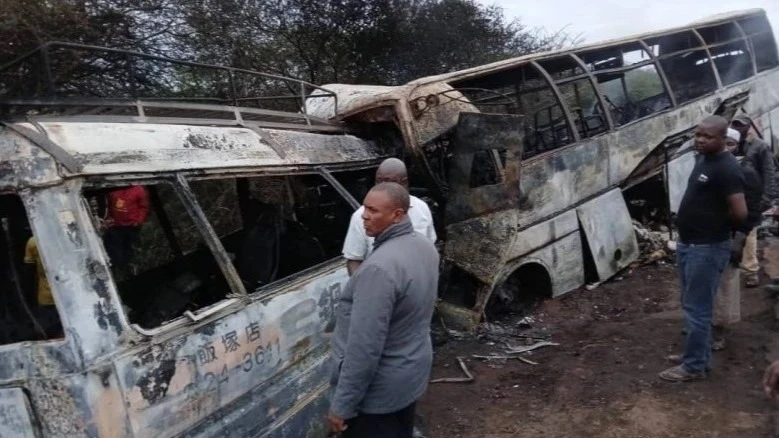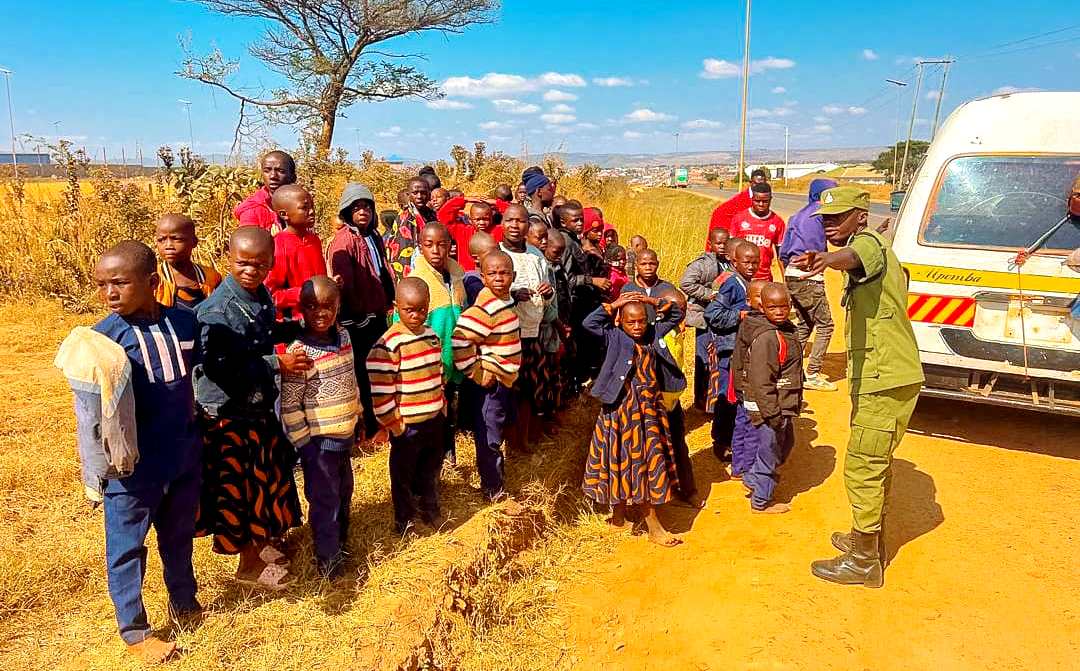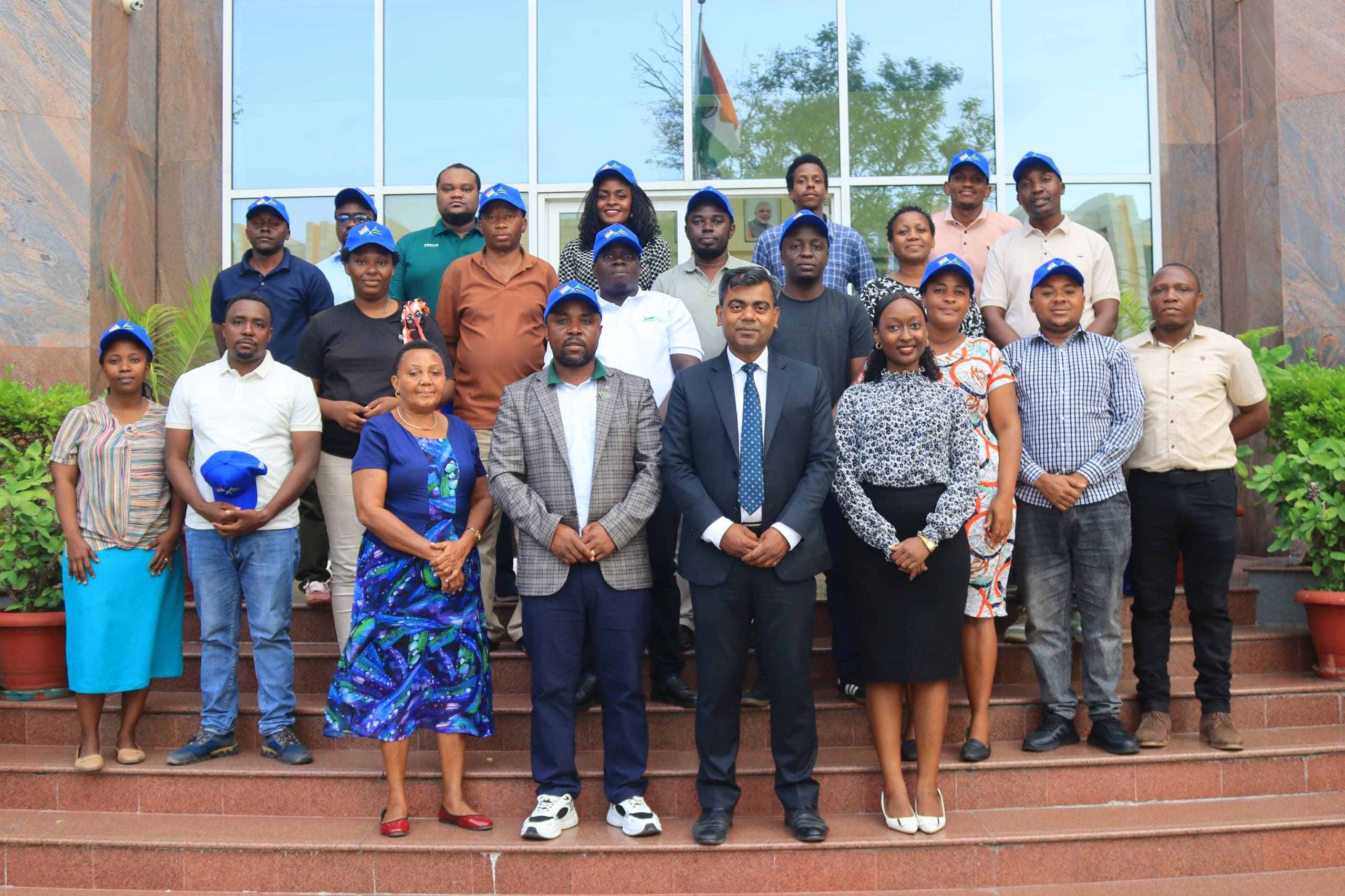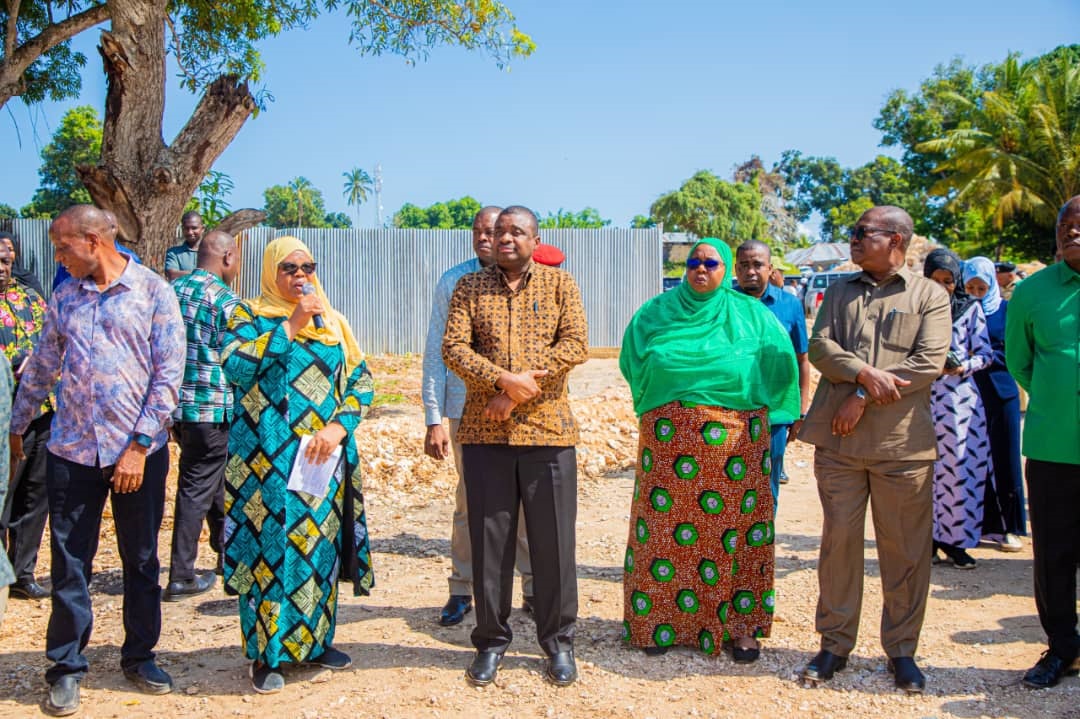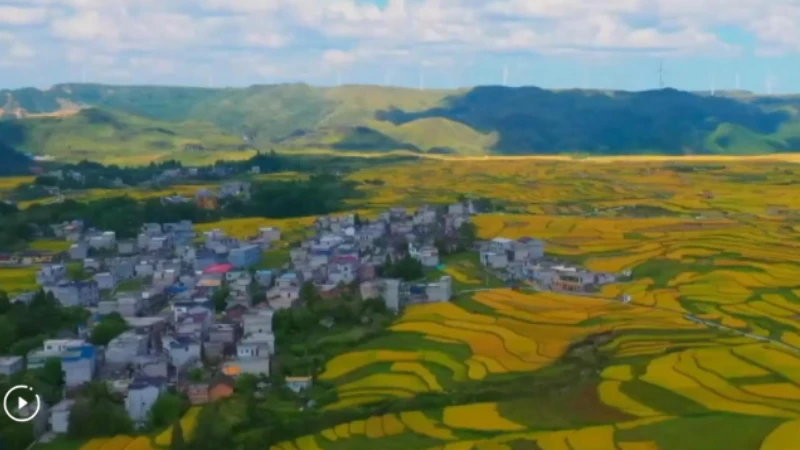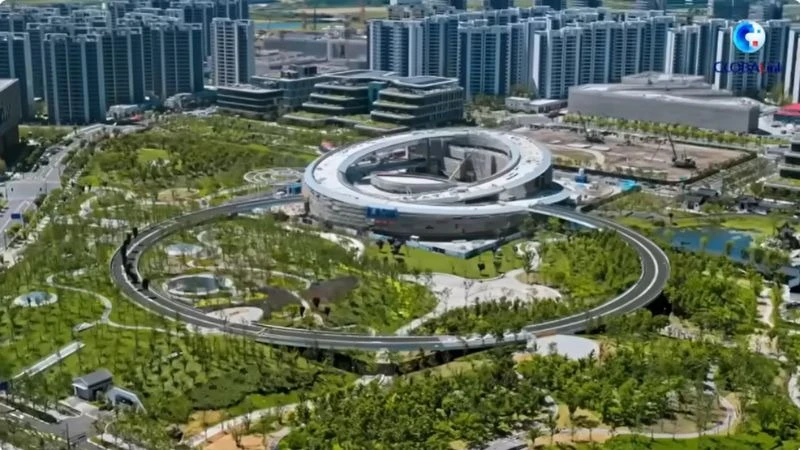The case for widening roads along disaster-prone Moshi-Dar highway
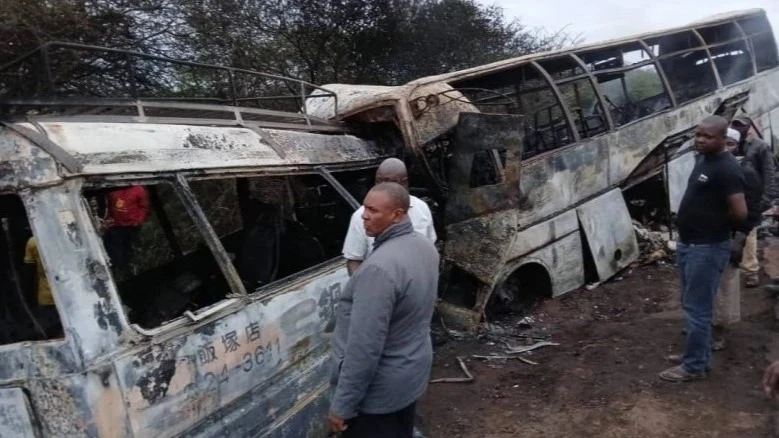
TOP leadership and commentators everywhere had difficulties finding the right words for sadness or condolence in the wake of a ghastly road crash within the vicinity of a now notorious highway patch.
It is a link between Kilimanjaro and Tanga regions, within Mwanga and Same districts, where the highway to Moshi is wide enough but apparently this isn’t sufficient. Lessons need to be taken from elsewhere, for instance a once notorious road patch around Kibaha, Coast Region.
The latter area used to experience a cascade of horrible crashes within short periods, such that the name Tumbi Hospital became a household name, and to a portion of imagination (now resurfacing in the Kilimanjaro road patch) it appeared the area was haunted.
Yet there were extensive changes made on the road which tamed the propensity for road crashes, and now the Kibaha hospital is a regional referral healthcare facility like others. It is no longer having to stock sufficient numbers of body bags to return accident victims to relatives via frequent crashes.
Authoritative reviews of accident data retain a pluralistic outlook on how crashes come about, for instance by indicating what portion of accidents arise from human error, faulty vehicles, sharp road bends or slippery surfaces – at times due to poor weather conditions.
On the basis of this constantly repeated pluralism, there is no formula that policy makers reiterate as requiring further effort to halt a spate of accidents, though more often than not drivers carry the burden of complaints Yet if one takes into account tales on what happens in accident situations, the proper explanation can be somewhat complicated, as to how human error firstly occurs.
While accidents and earthquakes are different in character and in nature, at times they have puzzling results, which are scarcely used to elucidate the causation, how such moments come up in the first place. Take the case of flash floods in a girls’ camp in the United States, where within two hours water rose by up to 20 feet, a situation that meteorologists considered bizarre.
It was a supposedly religious camp but devoted to teaching young girls aged often less than 10, and their teachers were helping them to learn what is known as mysticism, with a view to becoming better people. The flash floods in a sense were ‘mystical’ themselves.
An equally bizarre incident was the massive earthquake in Turkey and partly Syria in February 2023, measuring 7.8 on the Richter scale, where thousands of people died, and strangely after upwards of 60 days in the rubble, a woman and her young child were unearthed.
They were fine and walked steadily, an experience that deifies routine explanations, living under dust and bricks for 60 days as if they were blankets, where water and biscuits were available. That is why the core frontal rejection of explanations outside observing traffic regulations is troubling.
Yet despite these disconcerting experiences there is still the Kibaha example that widening the road has had an extensive cooling impact on the accident propensity of the area, and eventually that is what needs to be done all over the place. It is vital that road lanes be separated to have two lanes on each side, so that a vehicle overtakes another without an outside chance of frontal collision.
Just widening the road to several meters and have ‘plenty’ of space for overtaking changes little in that equation, as the crux of the matter is that vehicles travelling in opposite directions in major highways should on no account frontally meet, absolutely.
At the policy and administrative level there is more effort directed at overworking the traffic police to check vehicles to prevent accidents, which is definitely helpful but in principle is a non-starter. No bus company or crew wishes to take to the road with defective vehicles, so the issue is how long a bus can last on the road, and it is unlikely that only aged buses are involved in accidents.
When the cause is wear and tear, it is possible tyre bursts or failures can bring about such situations, but even then it isn’t expected that the police will check the quality of rubber tubing in the inside of a tyre, say if it is of a brand that is more suitable for highway speeds.
Policy makers need to devote funds or assign private firms to engage in bypass roads to avoid chocking highway points, for instance the whole stretch of road from Chalinze to Moshi or Tanga to Moshi, as Arusha to Moshi or Voi has a bypass road already.
There were instances in the past, along the Moshi-Arusha highway, that big buses would crash on the edge of a narrow bridge on a deep trough on river edges, in the 1960s where a company known as TTBS had several such accidents. With better infrastructure these horrors moved into the dim past.
The point is hence that while road crashes may have a welter of explanations, the comfort zone disposition of asking drivers to follow traffic regulations, or indeed be registered with the regulator, attend certification courses on jobs they have done for 10 years and counting is not a solution.
What has been seen to work is to physically separate, setting distance between them not by road signs but physical barriers. Regulatory agencies should focus on physical prevention of accidents, not registration, digital torches and fines which are especially preferred by the traffic police as this leaves the status quo in place - of repeated road carnage, shamefully.
Top Headlines
© 2025 IPPMEDIA.COM. ALL RIGHTS RESERVED


